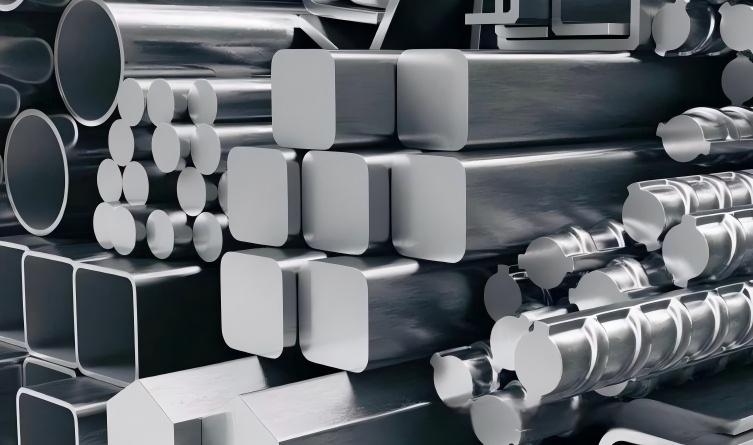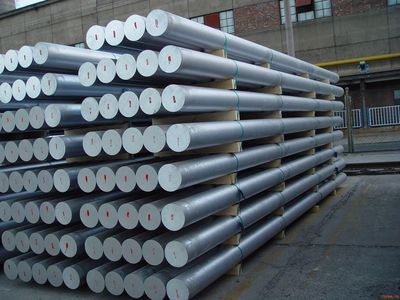Beautiful Plants For Your Interior

The latest data from the National Bureau of Statistics shows that the aluminum industry chain in China maintained a stable development trend in the first half of 2025. From January to June, the cumulative output of aluminum products across the country reached 32.768 million tons, increasing by 1.3% year-on-year; the cumulative output of alumina exceeded 451.51 million tons, with a year-on-year growth rate of 9.3%, demonstrating a strong growth momentum.
Among them, in terms of regional layout, Shandong Province performed particularly well. It held the top position nationwide in both the aluminum and alumina sectors, demonstrating an absolute advantage and earning the title of a “double champion”. The following are the specific data:
1、Aluminum production situation
In June, China’s aluminum production reached 5.874 million tons, up by 0.7% year-on-year. For the entire first half of the year, the cumulative production was 32.768 million tons, up by 1.3% year-on-year. Looking at the data by province, from January to June, Shandong ranked first with a production of 7.2632 million tons, Henan ranked second with a production of 5.8375 million tons, and Guangxi ranked third with a production of 2.3962 million tons.
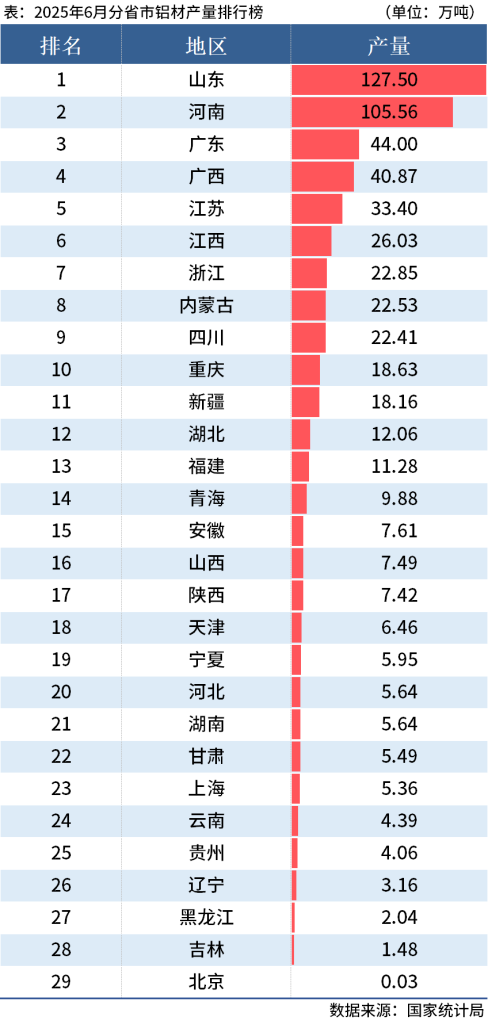
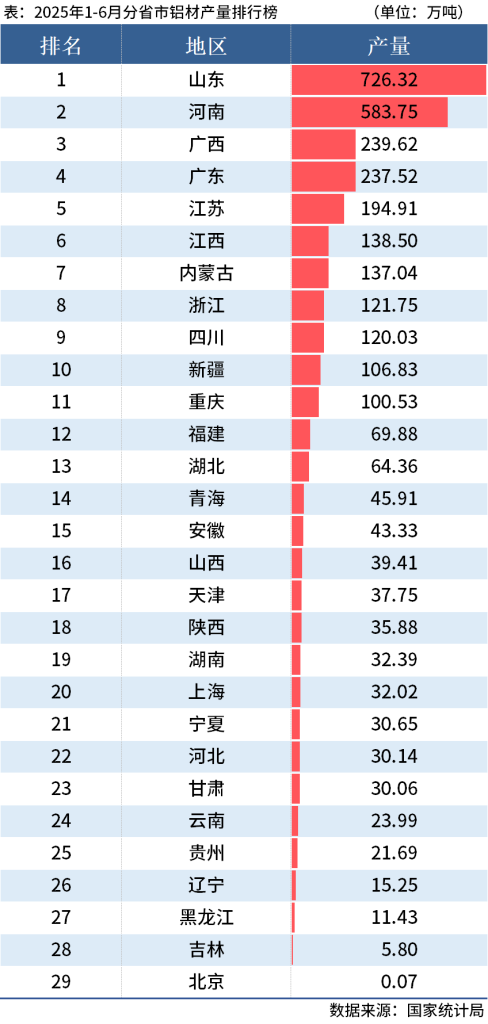
2、Aluminum oxide production situation
In June, China’s alumina output was 774.9 million tons, up by 7.8% year-on-year. For the first six months, the cumulative output was 4515.1 million tons, up by 9.3% year-on-year. Looking at the data by province, for the first six months, Shandong ranked first with an output of 1580.14 million tons, Shanxi ranked second with an output of 1022.39 million tons, and Guangxi ranked third with an output of 830.70 million tons.
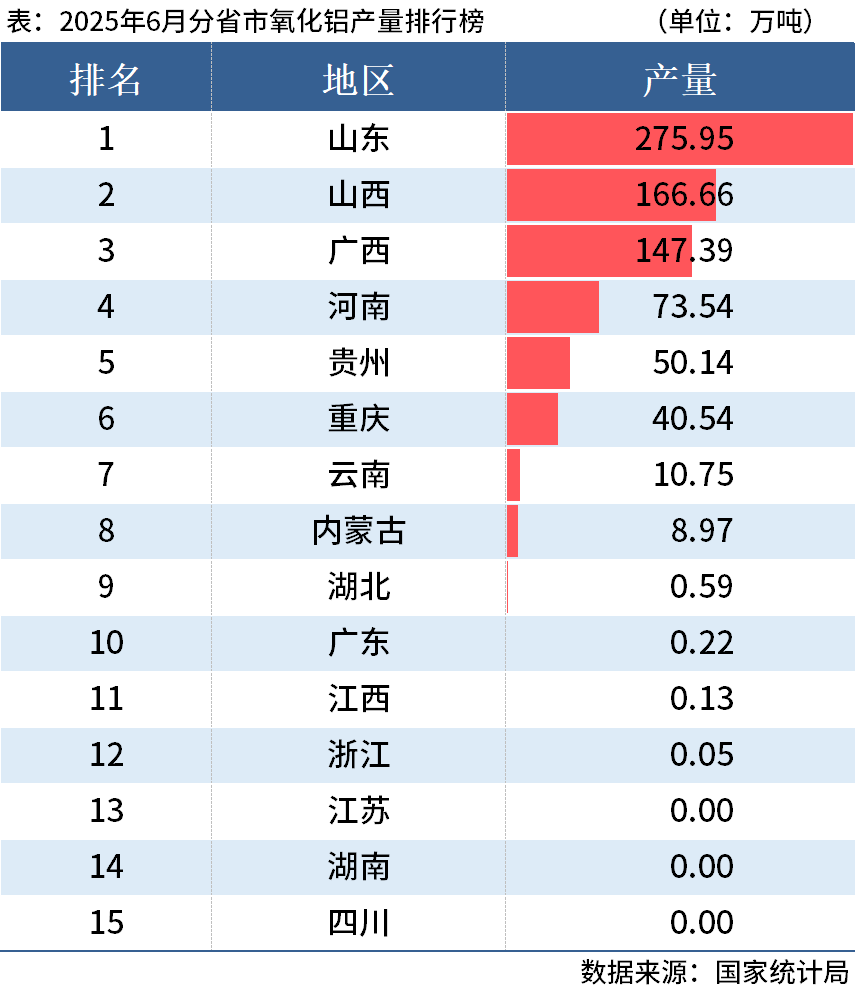
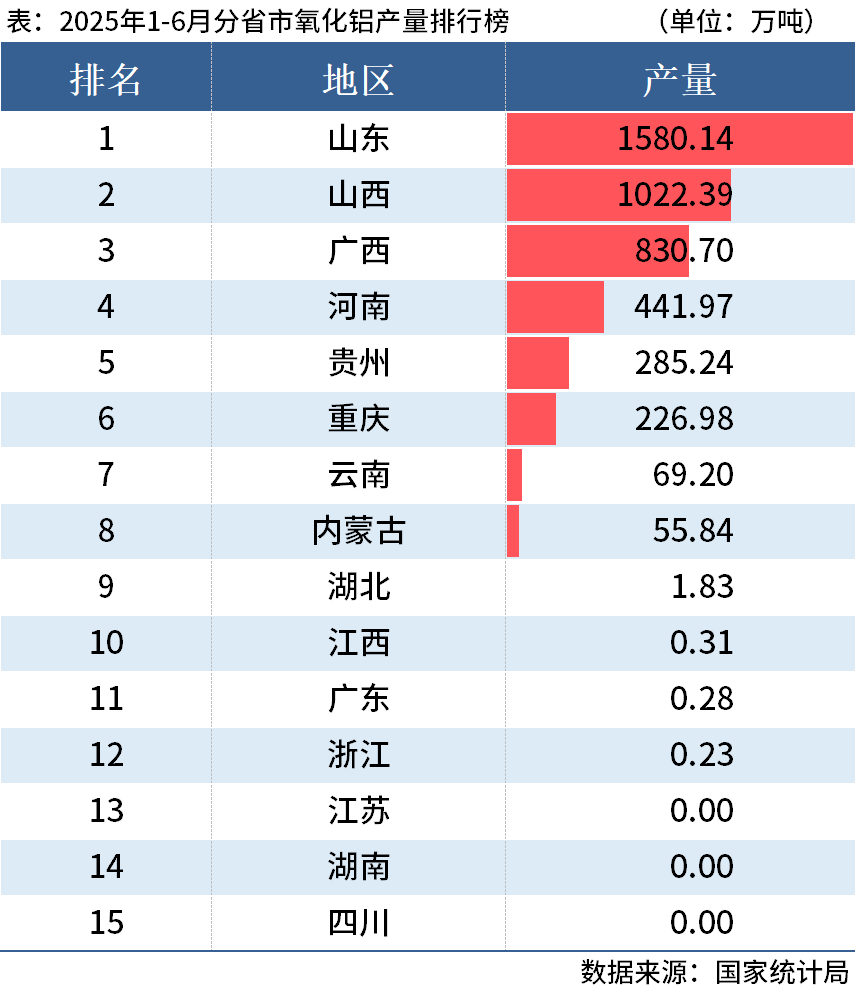
The data indicates that the basic production capacity of China’s aluminum industry has been continuously released, especially in the field of alumina, showing a high growth rate of nearly double digits. Moreover, the stable growth of production in the first half of the year also reflects the stable demand in the domestic market and the resilience of the industry. In the future, under the guidance of green and low-carbon development, industry transformation and upgrading as well as energy efficiency improvement will become the key driving forces for sustained development.

